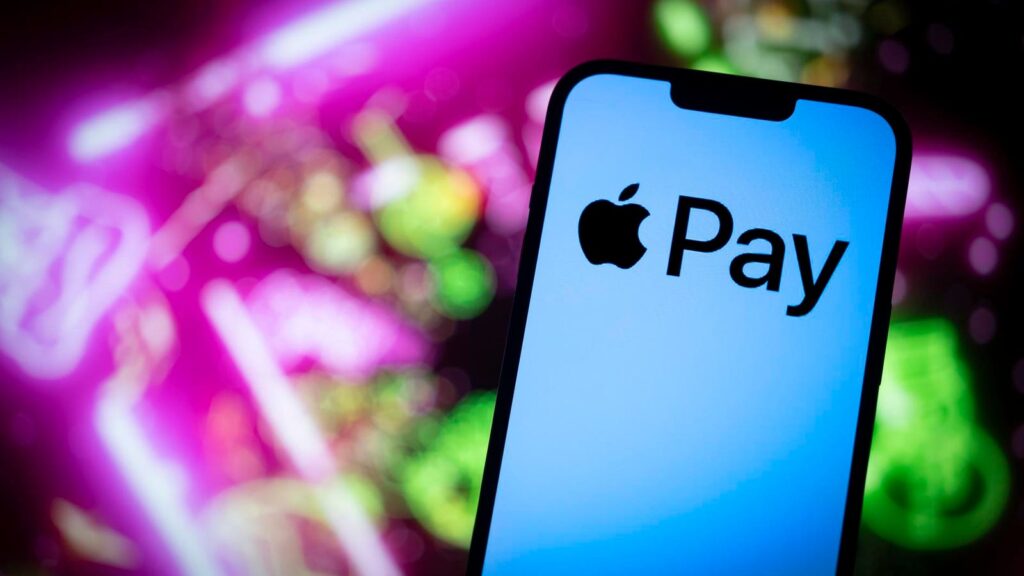Apple Pay recently celebrated its tenth anniversary, marking a significant evolution in consumer payment methods since its launch on October 20, 2014, in the United States. Over this decade, as transaction methods transitioned to mobile, contactless payments gained popularity, largely influenced by the introduction of services like Apple Wallet. While it would be easy to attribute this growth solely to Apple Pay, the reality is that contactless payment technology was bound to rise regardless of a single company’s efforts. The next decade promises an even more transformative phase as Apple Wallet is poised to profoundly change how individuals manage their identities and various facets of their lives.
The inevitability of mobile payments was clear to some early on, even before Apple Pay entered the scene. Personal anecdotes illustrate an existing trend; users were already engaging in mobile transactions through various means, such as payment stickers and contactless watches. The wider view of payment technologies had often emphasized that there was significant potential in using mobile devices for financial transactions—an idea that gained traction as countries like Kenya successfully integrated mobile payment systems, such as M-PESA, into their economies. By recognizing the historical challenges banks faced in coordinating with telecom companies, some analysts suggested that industry collaboration was necessary for mobile payments to flourish.
However, a lack of cooperation among banks, telecommunications companies, and retailers hindered the development of a cohesive mobile payments infrastructure. As industry players squabbled over ownership of the consumer relationship, Apple emerged as a game-changer with its consumer-focused vision. The launch of Apple Pay brought clarity and simplicity to the complicated landscape of digital payments, allowing customers to make secure payments seamlessly, which has led to the service’s adoption in 76 markets worldwide. Now, Apple Pay supports over 11,000 financial institutions and around 20 payment networks, steadily evolving its functionalities to meet consumer demands.
Looking ahead, Jennifer Bailey, Apple’s vice president of Apple Pay and Apple Wallet, indicated a shift towards a more comprehensive digital wallet aimed at replacing physical wallets altogether. This transition is expected to include managing everything from event tickets to government IDs. For instance, several U.S. states have begun issuing mobile driving licenses (mDLs), which offer more privacy and control over personal information than traditional physical documents. This digital identity movement is not confined to the U.S.; other countries, including Australia, are also adopting the ISO standard for mobile driving licenses, indicating a broader trend toward digitizing personal identity documentation.
In the realm of digital keys, Apple has already made strides in integrating car keys into the Apple Wallet. The potential for keyless car rentals and unlocking vehicles via smartphones represents a significant advancement in convenience and security. Apple’s collaboration with more than 30 automotive manufacturers showcases the company’s commitment to expanding this technology into mainstream use. By enhancing everyday interactions through digital means, Apple positions itself as a central player in the evolution of digital identity infrastructure, which remains a considerable barrier to the growth of online services.
As Apple transitions from the era of Apple Pay to what may be termed the “era of Apple ID,” the anticipation surrounding this shift is palpable. With hopes of revolutionizing how identity is managed and verified in digital spaces, many believe that Apple’s influence could lead to significant advancements in how consumers interact with both digital and physical worlds. The excitement that surrounds this future aligns with the notion that the forthcoming decade may not only emulate the success of Apple Pay but may eclipse it in terms of its societal impact.

